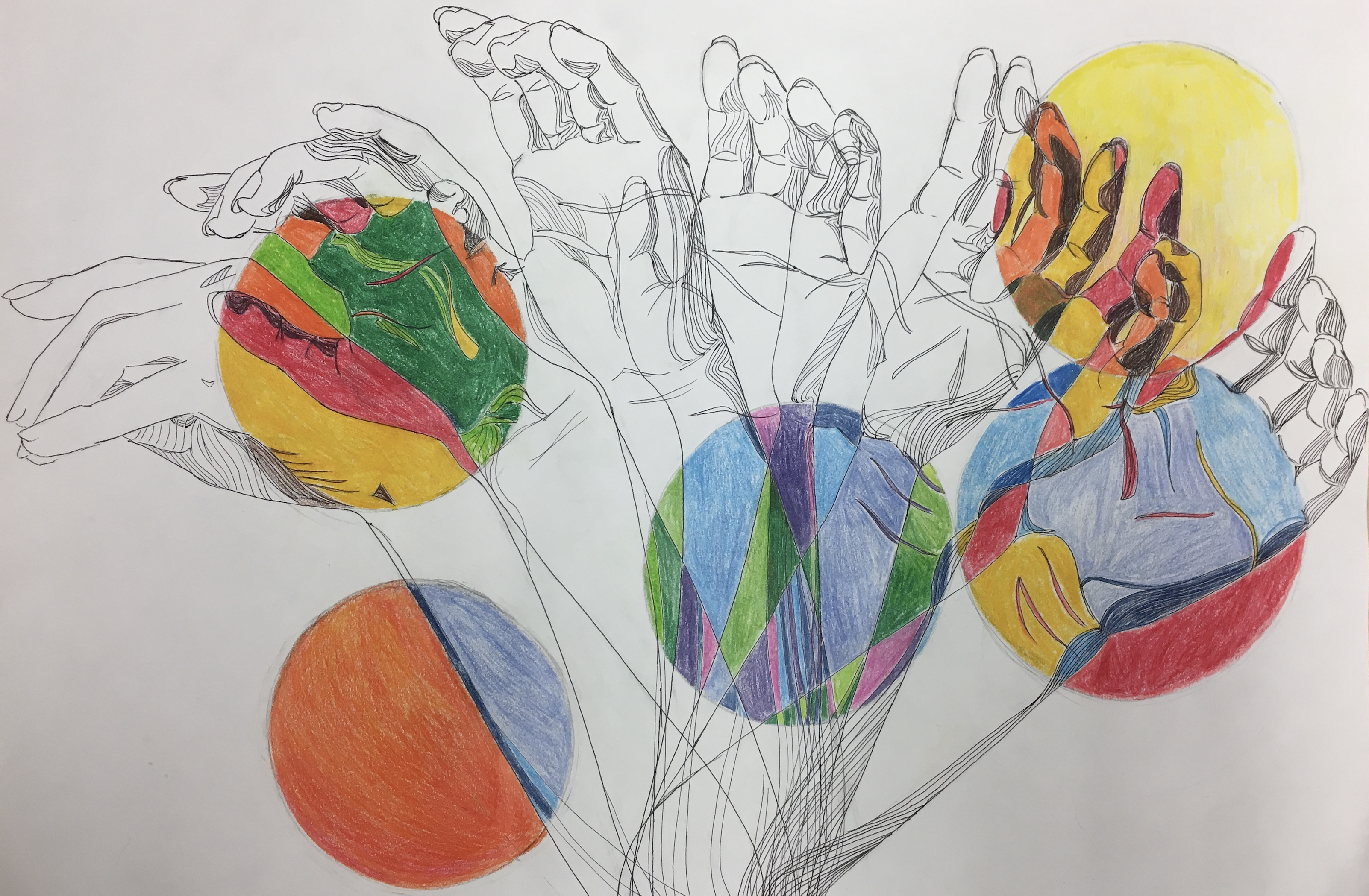In America, controversy about light and dark skin is a prevalent topic within the African community. With so much Asian representation in the media lately, I think now would be a good time to discuss colorism within the Asian community.
In case you didn’t know, colorism is the practice in which, within one ethnicity of people, those with lighter skin are preferred and reap benefits while those with darker skin face contempt and discrimination.
Throughout Asia, colorism commonly affects the general public in the terms of toting around umbrellas, not for the off chance that it might rain but to prevent exposure to the sun. While it might seem fine that these people want to stop the onset of skin cancer before it happens, there are also products sold that stop the production of melanin, the very ingredient that prevents skin cancer. Some go even further, staying inside all summer or bleaching their skin.
Many people believe that the love for light skin began with Western expansion. However, in Asia, the idea of lighter skin as an ideal extends as far back as 600 BC, once division of labor and hierarchy began.
Because colorism is such a deeply rooted construct, it will be nearly impossible to discuss every problem, like workplace discrimination or marriage arrangements. Instead, this investigation will focus on the perceived value of lightness of skin color in beauty standards.
Colorism’s Roots
In many ancient societies, lighter skin was valued as a status symbol, understood as a symbol that one worked away from the sun, which laborers and farmers could not escape. Culture came to adopt light skin as an ideal of beauty, and believers developed practices such as consuming crushed pearls and painting skin with white lead to attain it.
In colonized countries, the view of skin color was directly influenced by European men wedging their influence into the economy. These men, backed by their money, artificially arranged the hierarchy such that they were superior to the darker locals. In time, many came to covet the Europeans’ white skin and associate it with power.
In ancient India, color could be interpreted as being related to the organization of the caste system. Whether this is true is not important; the idea that a group, chosen by their color, could be spiritually superior is powerful enough. For as long as people associate color with caste, no one can be free from the limitations that color presents us.
Colorism & caste today
The ideas that upheld such ancient institutions persist today. Social class, caste, and colonialism have all contributed to colorism in the modern world. However, that is not all.
Globalization affects these societies most. To the detriment of their own health, many wonder why they do not look like the television stars on their screens, turning to whitening creams as their solution. Yet, these creams have a history of questionable side effects: A discontinued ingredient, intravenous glutathione, includes skin damage, kidney and thyroid dysfunction, and death. One can only think of the lead paint of the past becoming these creams, and the cycle of self-hatred goes on.
Challenge
Even so, with so many factors, both old as time and fairly recent, contributing to this standard, it becomes that much more important to fight against these tropes. What’s best is that we’ve already made the first steps.
While colorism largely affected ancient societies, it’s not as if they weren’t challenged. The tale of Draupadi, the leading female character in a famous Hindu epic Mahabharata, stands out as the story of a woman born with dark skin who not only became recognized the most beautiful of her time but also challenged the societal notions of her time with her confidence.
Counterculture
In Japan, during the mid- to late 1990s, ganguro, a counterculture that formed in response to the traditional ideals of beauty (e.g. white skin), took off with young, rebellious Japanese women. These women would tan their skin, bleach their hair, and wear bright, colorful makeup as well as adopt what was considered vulgar and inappropriate speech for young women. In doing so, they were able to engage exclusively with other enthusiasts of the movement.
However, the trend died out before 2000, overtaken by bihaku, a renewed interest in the so-feted white skin. Still, the short-lived ganguro revolution has created a precedent for Asians to build from, a chance for greater acceptance of darker skin.
Movements
Asia Jackson, a half black and half Filipino actress, has created #MagandangMorenx to speak out against current expectations of whitewashed skin and in hopes of redefining Filipino beauty standards. As she explains it, magandang moreno/a means “beautiful brown skin,” is applicable to both genders, and — according to Jackson’s website —“is a campaign aimed at challenging the traditionally enforced beauty standards within mainstream Filipino media.” This hashtag gained popularity in Filipino communities in Europe, Asia, and America and has gone on to become a global campaign for self-love and acceptance.
We also have a foundation of books that open the discussion of skin color to the public and reveal the impact it has on Asian communities. For instance, Naomi Muraweera’s novel “Island of A Thousand Mirrors” discusses the social dynamic in Sri Lanka, with a special focus on Mala, a girl who is perceived as hard to marry off based on her dark skin. With texts as this, future discussions on and wider readership can allow the understanding of colorism to develop, and from there, improvements upon society can be made.
As a young Asian woman, finding out why all my Chinese friends cared so much about the sun allowed me to understand their perspective but sparked my motivation to challenge these meaningless tropes of pale beauty. The beauty standards of the past have no business determining the happiness of modern day people.
Christina, 16, is a junior at Milton High School who speaks four languages but finds her favorite is English.




